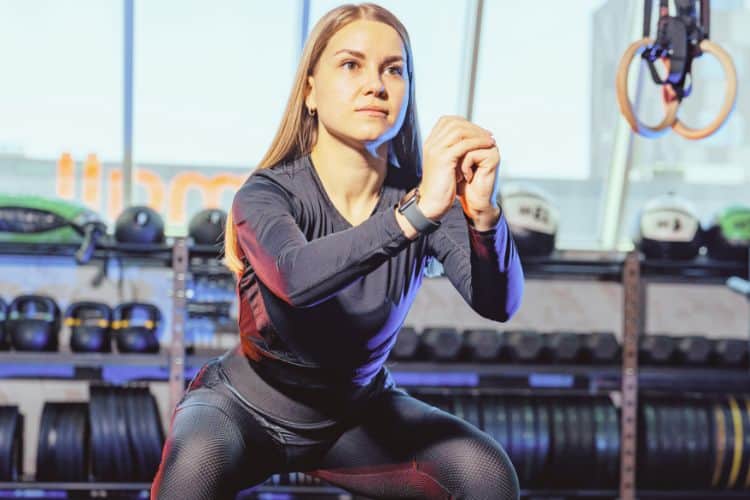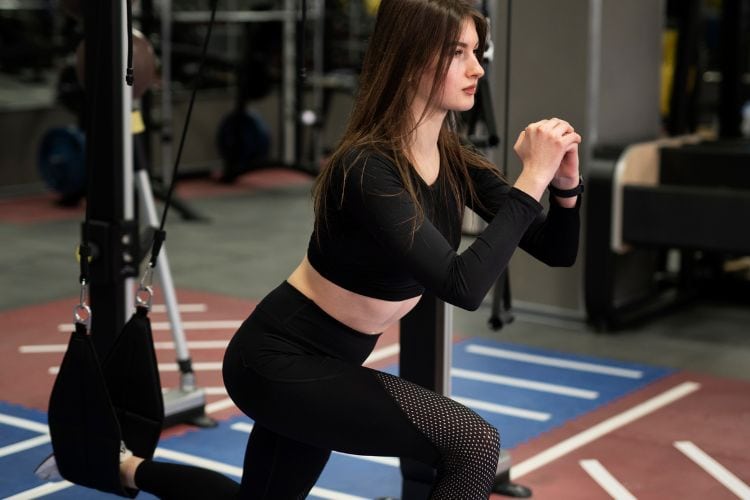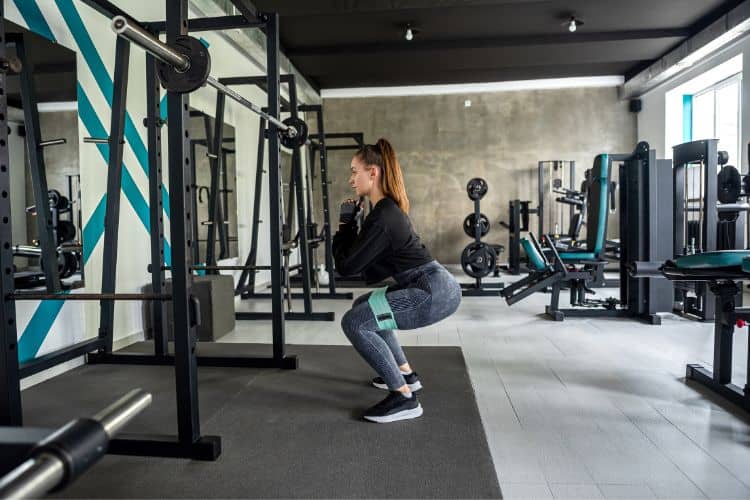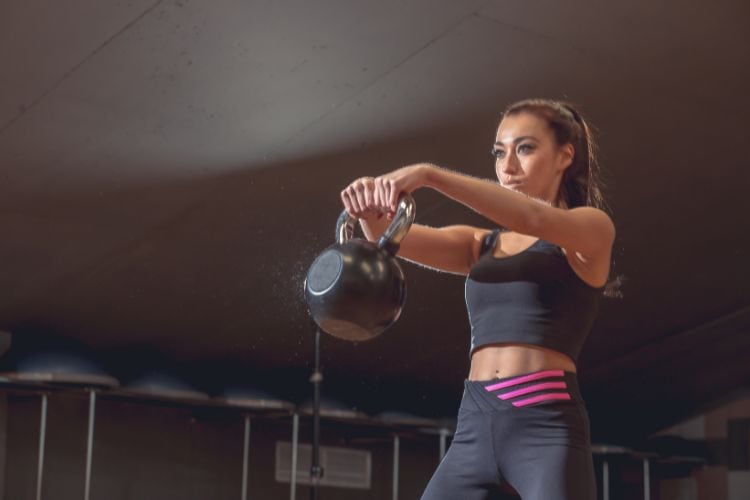Sign up for workout ideas, training advice, reviews of the latest gear and more.






If you’re short on time but want to get an intense, full-body workout, 30-minute kettlebell HIIT workouts are your perfect solution. Combining the dynamic power of kettlebell training with the fat-melting intensity of high-intensity interval training (HIIT) gives you a time-efficient workout that builds strength, burns calories, and boosts cardiovascular fitness — all in one session.
In this guide, we’ll dive deep into the benefits of kettlebell HIIT workouts, how to structure a 30-minute session, key exercises to include, and sample routines you can start today.
A 30-minute kettlebell HIIT workout packs an incredible amount of work into a short time frame. By alternating between periods of maximum effort and brief rest, HIIT maximizes calorie burn both during and after the workout. When kettlebells are added into the mix, you get the extra bonus of resistance training to build strength and muscle endurance.
Unlike many traditional cardio workouts that primarily target the lower body, kettlebell exercises engage multiple muscle groups at once. Whether it’s your core, glutes, shoulders, or back, almost every major muscle is activated during a kettlebell HIIT session.
HIIT is renowned for its afterburn effect, also known as EPOC (excess post-exercise oxygen consumption). When you pair it with kettlebell strength movements, your body continues burning calories long after the workout ends, making it an excellent strategy for fat loss and metabolic conditioning.
All you need is a kettlebell and a little space. This makes it incredibly convenient for home workouts, park workouts, or even hotel room fitness routines when traveling.
A solid 30-minute kettlebell HIIT workout typically follows this structure:
During the main workout, you’ll perform exercises in short bursts — typically 30–40 seconds of work followed by 15–20 seconds of rest. You can create circuits where you rotate between 5–6 exercises and repeat the entire circuit multiple times.
The kettlebell swing is the foundation of many kettlebell workouts. It targets the hips, glutes, hamstrings, and core while delivering serious cardio.
How to Perform:
This move strengthens the legs, glutes, and core while encouraging excellent squat form.
How to Perform:
A dynamic movement that builds explosive power in the hips, shoulders, and arms.
How to Perform:
An advanced movement that combines strength, speed, and coordination.
How to Perform:
An excellent core finisher for any HIIT session.
How to Perform:
Warm-Up (5 Minutes):
Workout (20 Minutes – Repeat Circuit 3 Times):
Cool Down (5 Minutes):
Warm-Up (5 Minutes):
Workout (20 Minutes – Repeat Circuit 4 Times):
Cool Down (5 Minutes):
Warm-Up (5 Minutes):
Workout (20 Minutes – EMOM Style): Perform the following exercises at the start of every minute. Rest for the remainder of the minute.
Repeat the cycle 4 times for a total of 20 minutes.
Cool Down (5 Minutes):
Pick a kettlebell that challenges you but still allows you to maintain proper form. Beginners might start with 15–20 pounds, while more experienced users can go heavier (25–35 pounds or more).
During HIIT, it’s tempting to move as fast as possible. However, kettlebell movements are technical. Prioritize form first to avoid injury and get the most out of each exercise.
Proper breathing fuels better performance. Inhale during the eccentric (lowering) phase and exhale during the concentric (lifting) phase of each movement.
If an exercise feels too challenging, scale it down. For example, substitute kettlebell snatches with single-arm swings if needed.
HIIT with kettlebells is incredibly effective, but consistency is key. Aim for 2–3 sessions per week to see noticeable strength, endurance, and fat loss results.
Unlike traditional workouts where you separate strength and cardio, kettlebell HIIT seamlessly combines both for greater overall fitness gains.
In just 30 minutes, you complete a workout that improves strength, torches fat, and boosts endurance, making it ideal for busy schedules.
The dynamic movements in kettlebell training improve power, coordination, and balance — all of which are essential for better athletic performance in sports or everyday life.
HIIT improves cardiovascular endurance, heart rate recovery, and even blood pressure over time, especially when combined with strength-focused kettlebell moves.
Thanks to the high calorie burn during and after your workout, kettlebell HIIT is excellent for anyone aiming to shed excess fat while preserving muscle mass.
For most people, 2–4 times per week is optimal. Allow rest or active recovery days in between to let your muscles recover and grow stronger.
Absolutely! Start with lighter weights, simpler movements, and longer rest intervals. Gradually increase intensity as you get more comfortable.
Most beginners start with:
However, it’s always better to prioritize proper form over lifting heavier weights.
Yes! When structured properly, a 30-minute kettlebell HIIT workout can deliver a full-body, high-intensity session that improves strength, conditioning, and burns significant calories.
If you want a quick and effective workout that delivers major fitness benefits, 30-minute kettlebell HIIT workouts are one of the best options available. Whether you’re a beginner or an advanced athlete, you can scale the intensity to match your fitness level and see noticeable improvements in strength, endurance, and body composition.
Consistency, smart exercise selection, and challenging yourself during each session are key to unlocking the full potential of kettlebell HIIT training. Grab a kettlebell, set your timer, and get ready to transform your fitness — 30 minutes at a time!
Stay up to date on the latest women’s health, fitness and lifestyle trends and tips.